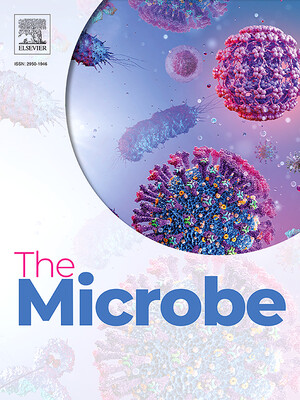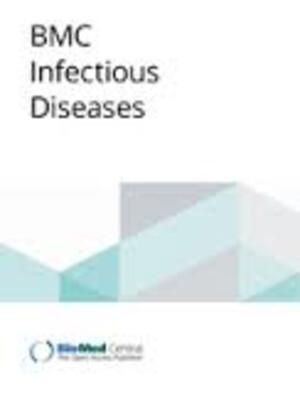
Prevalence of antibiotic residues in pork in Kenya and the potential of using gross pathological lesions as a risk-based approach to predict residues in meat
Abstract
The human population is growing and urbanising. These factors are driving the demand for animal-sourced proteins. The rising demand is favouring livestock intensification, a process that frequently relies on antibiotics for growth promotion, treatment and prevention of diseases. Antibiotic use in livestock production requires strict adherence to the recommended withdrawal periods. In Kenya, the risk of residues in meat is particularly high due to lack of legislation requiring testing for antibiotic residues in meat destined for the local market. We examined pig carcasses for gross pathological lesions and collected pork samples for antibiotic residue testing. Our aim was to determine if a risk-based approach to residue surveillance may be adopted by looking for an association between lesions and presence of residues. In total, 387 pork samples were tested for antibiotic residues using the Premi®Test micro-inhibition kit. The prevalence of antibiotic residues was 41.26% (95% CI, 34.53–48.45%). A logistic regression model found no significant associations between gross pathological lesions and the presence of antibiotic residues. We recommend that the regulating authorities strongly consider routine testing of carcasses for antibiotic residues to protect meat consumers. Future studies should research on farming practices contributing to the high prevalence of residues.
Citation
Bor, N., Seguino, A., Sentamu, D.N., Chepyatich, D., Akoko, J.M., Muinde, P. and Thomas, L.F. 2023. Prevalence of antibiotic residues in pork in Kenya and the potential of using gross pathological lesions as a risk-based approach to predict residues in meat. Antibiotics 12(3): 492.










